

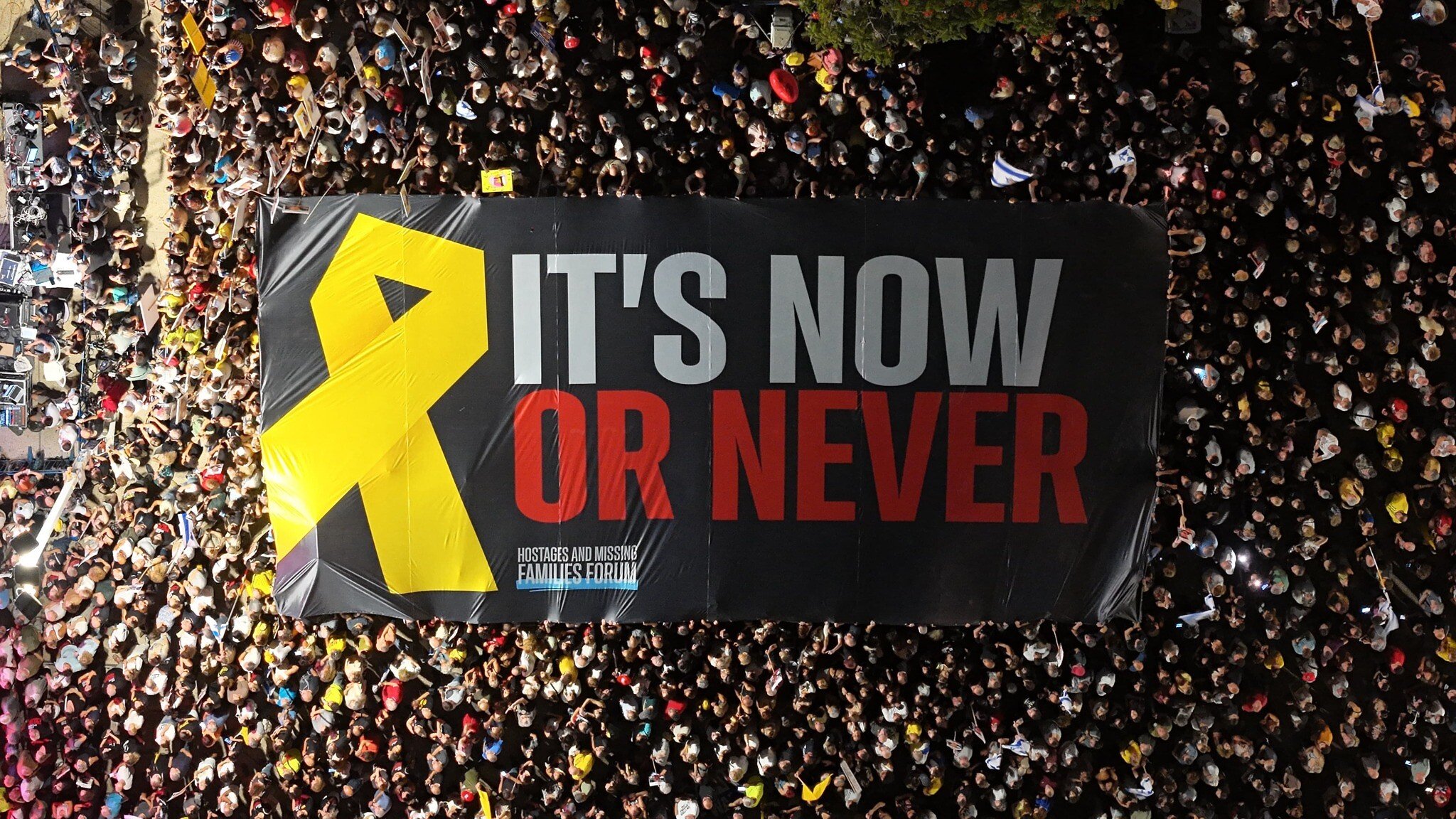
Tens of thousands gathered in Tel Aviv Saturday night to rally for a ceasefire-hostage deal, as the US-led proposal to end the Gaza war appeared to be nearing finalization.
“It’s now or never,” said a huge placard held above the crowd.
After US President Donald Trump told Israel on Friday to stop bombing Gaza in a Truth Social post accepting Hamas’s response to the proposal, Prime Minister Benjamin Netanyahu ordered the military to halt offensive operations in Gaza and decided to send a negotiation team to Cairo for final talks on the deal’s details.
Before Saturday’s protests, the Hostages and Missing Families Forum called on the entire Israeli public to put on a mass display of solidarity, saying Israel faces “decisive days for a deal.”
“This is the hour when all of Israel must stand together and demand loudly: do everything possible to bring our brothers and sisters home,” said the forum.
The forum also released a statement declaring it “stands firmly with President Trump in his commitment to bring home all the hostages and end the war.”
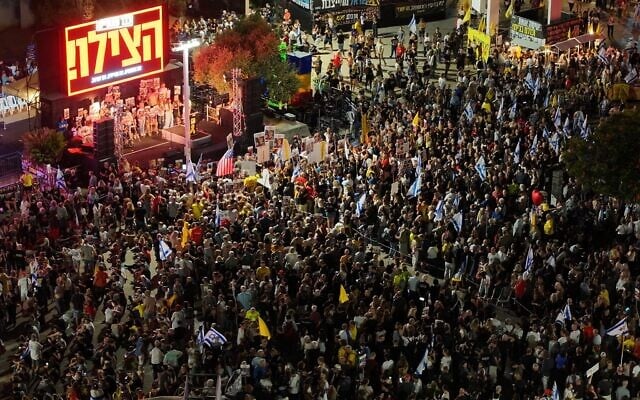
In Tel Aviv’s Hostages Square, tens of thousands gathered to listen to speeches from former hostages.
Former hostage Gadi Mozes, who returned from Hamas captivity in January as part of the last Gaza ceasefire, told the protesters that they “do not have the privilege to rest — the protests are important.”
“Take to the streets or anywhere where you can have an influence,” said the 80-year-old, who was the oldest hostage to return alive.
He said that for the first time since his release, he is hopeful for a deal.
“If both sides did indeed accept President Trump’s diktats… this is the time to cease fire and focus on bringing back all the hostages and ending the war,” he said. “For too long, it seemed like returning the hostages and ending the war were impossible. Now is the time to make the impossible possible.”
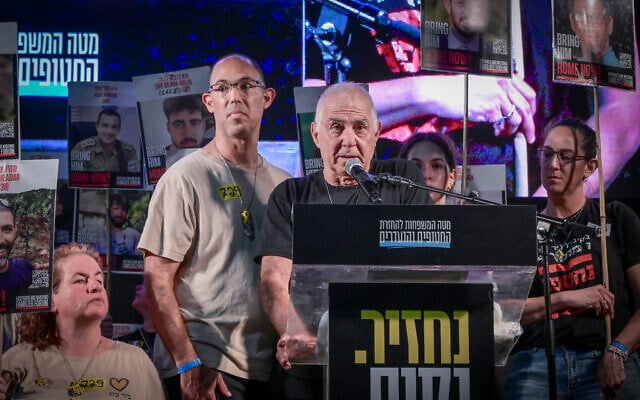
Omer Shem Tov, who was released in February, alluded to Yom Kippur, the Jewish day of atonement, which was marked by a fast on Thursday.
He said he asked for forgiveness “from everyone who is still there in the dark, the fear, the bombing, the thirst and hunger. They didn’t choose to fast.”
Tuesday will mark two years since the October 7, 2023, Hamas onslaught that sparked the war. Shem Tov said that for the captives, it will be “another day that feels like an eternity.”
“They’re not a finished story,” he said. “The only day we should mark for them is the day they return.”
Outside the IDF headquarters’ Begin Road entrance, a block away from Hostages Square, anti-government protesters chanted: “There’s a deal on the table, it’s been there the whole time.”
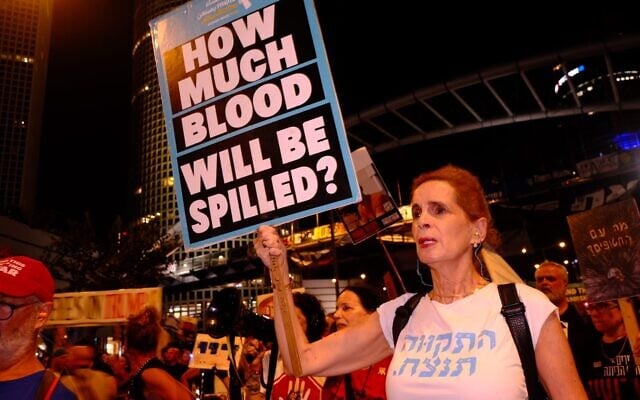
Yotam Kipnis, who lost his parents in the Hamas massacre in Kibbutz Be’eri on October 7, told the protesters that “nothing will bring them back, but there is still so much that can be saved; if it can be saved, then it’s our duty to save it, in a deal.”
He quoted a speech he gave in April 2023 during a protest against the government’s judicial overhaul plan: “We are the cannon fodder and the scapegoat that the government is willing to sacrifice on the altar of messianism.”
“Now, too, on October 4, the writing is on the wall. Now, even before the war ends, we need to think about the day after,” he said. “There will be peace between us and the Palestinians, because it has to happen. The only question is how much [blood] will be spilled until that happens.”
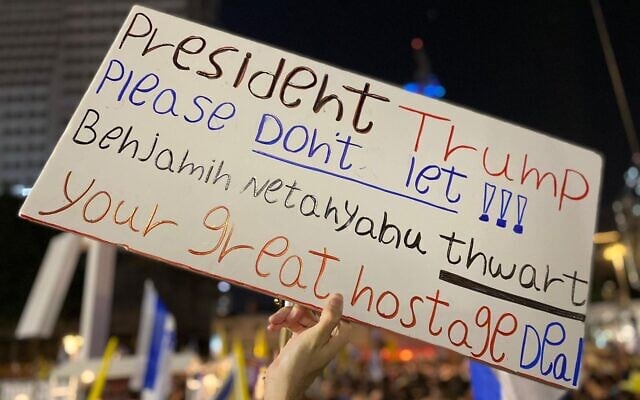
Rula Daoud, co-chair of Israeli-Palestinian socialist group Standing Together, also addressed the Begin Road protest: “We, the Arab Palestinian citizens of Israel, join the demand to end the war, not just because we have no faith in the government, but because this is an unjust war being waged on our own people.”
“The struggle for humanitarian aid to Gaza is not just the struggle of Arab citizens, and the struggle to return the hostages is not just the struggle of the Jewish citizens,” she added.
Mali Darwish, an activist who regularly reads the names of remaining hostages at the end of the weekly Begin Road rallies, said that she is “optimistic that this time is the last weekend that I’ll read the names.”
A smaller, left-wing protest took place on the Begin-Shaul HaMelech intersection, between the two other demonstrations, with activists, many of them from Standing Together, silently holding signs accusing Israel of genocide in Gaza, a charge Jerusalem strongly denies.
Across the street from them on Begin, a handful of right-wing activists taunted the left-wing protesters, accusing them of being elitists who have made the hostages’ release less probable while ignoring soldiers who were killed in Gaza.
“Trump and [Netanyahu], the kings, are going to bring back the hostages and then what will you complain about? Cilantro?” asked a megaphone-wielding right-wing activist.
As the protests were taking place, Netanyahu released a video statement saying that he hopes Israel will see the return of all the hostages held in Gaza in the next few days.
Israel is “on the brink of a very big achievement,” he said. “It’s still not final. We are working hard on it.”
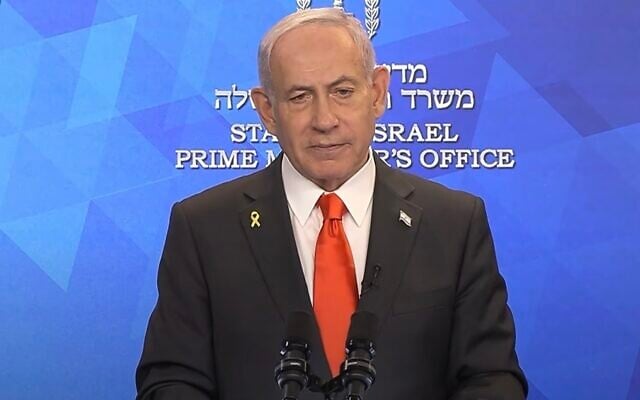
“I hope that, with God’s help, in the coming days, even during the Sukkot holiday, we will be able to announce the return of all the hostages — the living and the slain, in one go, with the IDF still deployed deep in Gaza,” he said. The weeklong Sukkot festival begins on Monday evening.
He added in English that “it’s true; it’s for real” that Israel can get the release of all the hostages without withdrawing from the Gaza Strip. “With God’s help, it will happen very soon.”
Netanyahu said he told Israel’s negotiating team, led by Strategic Affairs Minister Ron Dermer, to head to Cairo to nail down the “technical details” of the hostage release.
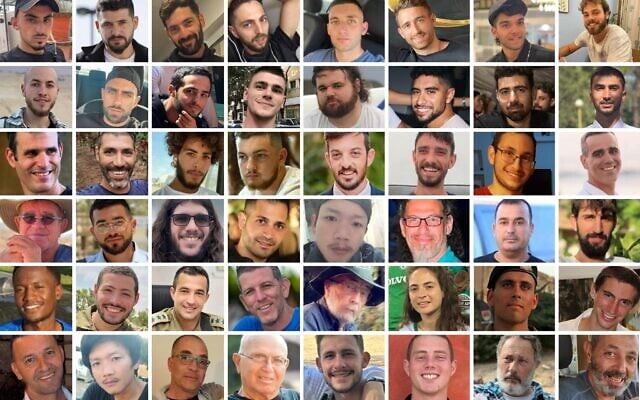
Terror groups in the Gaza Strip are still holding 48 hostages, including 47 of the 251 abducted by Hamas-led terrorists on October 7, 2023. They include the bodies of at least 26 confirmed dead by the IDF. Twenty are believed to be alive and there are grave concerns for the well-being of two others, Israeli officials have said.
Among the bodies held by Hamas is an IDF soldier killed in Gaza in 2014. Hamas released 30 hostages — 20 Israeli civilians, five soldiers, and five Thai nationals — and the bodies of eight slain Israeli captives during a ceasefire between January and March 2024, and one additional hostage, a dual American-Israeli citizen, in May 2024 as a “gesture” to the United States.
The terror group freed 105 civilians during a weeklong truce in late November 2023, and four hostages were released before that in the early weeks of the war. In exchange, Israel has freed some 2,000 jailed Palestinian terrorists, security prisoners, and Gazan terror suspects detained during the war.
Eight hostages have been rescued from captivity by troops alive, and the bodies of 51 have also been recovered, including three mistakenly killed by the Israeli military as they tried to escape their captors, and the body of a soldier who was killed in 2014.
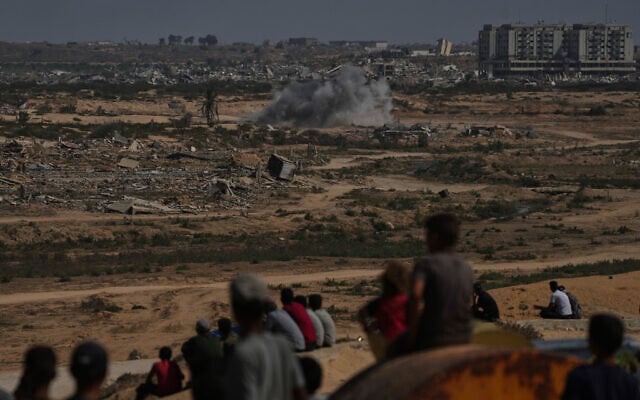
The Hamas-run Gaza health ministry says more than 67,000 people in the Strip have been killed or are presumed dead in the fighting so far, though the toll cannot be verified and does not differentiate between civilians and fighters. Israel says it has killed over 22,000 combatants in battle as of August and another 1,600 terrorists inside Israel during the October 7 onslaught.
Israel has said it seeks to minimize civilian fatalities and stresses that Hamas uses Gaza’s civilians as human shields, fighting from civilian areas including homes, hospitals, schools and mosques.
Israel’s toll in the ground offensive against Hamas in Gaza and in military operations along the border with the Strip stands at 471. The toll includes two police officers and three Defense Ministry civilian contractors.

